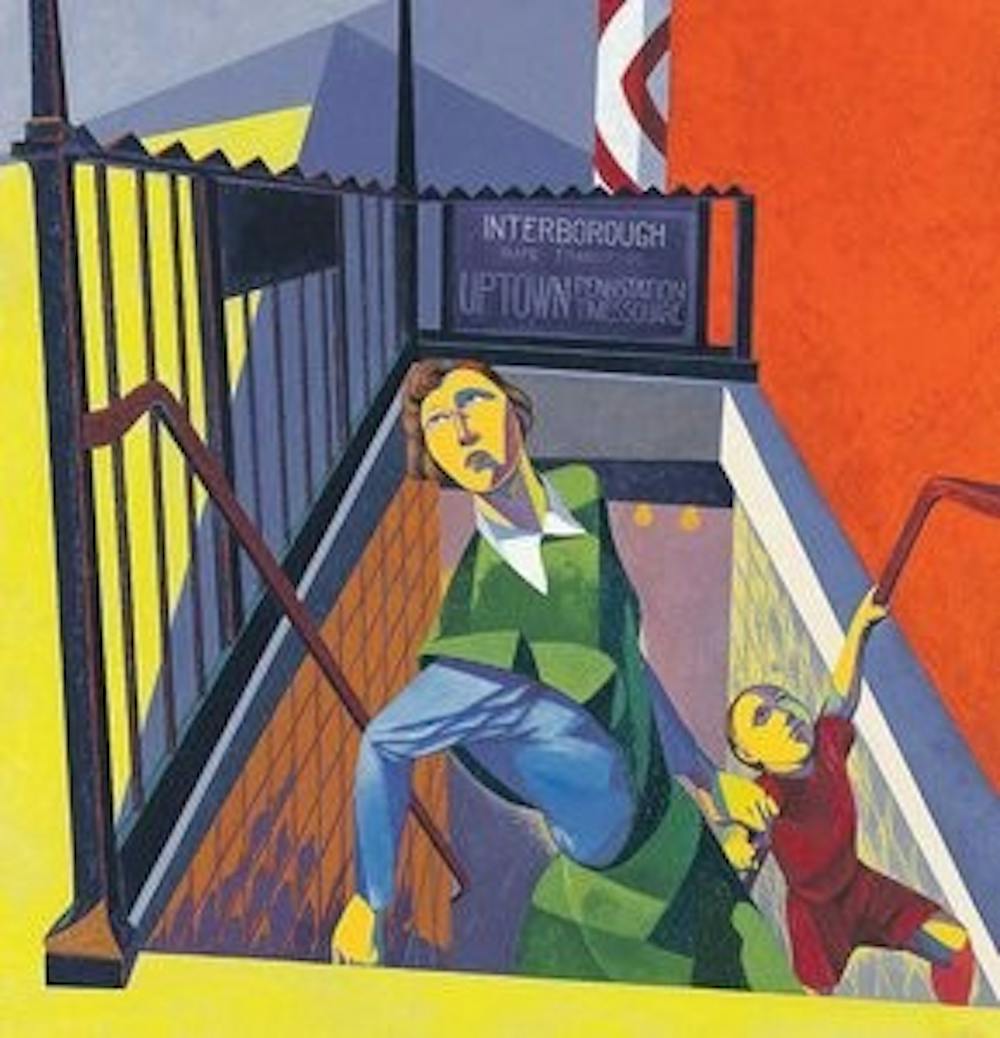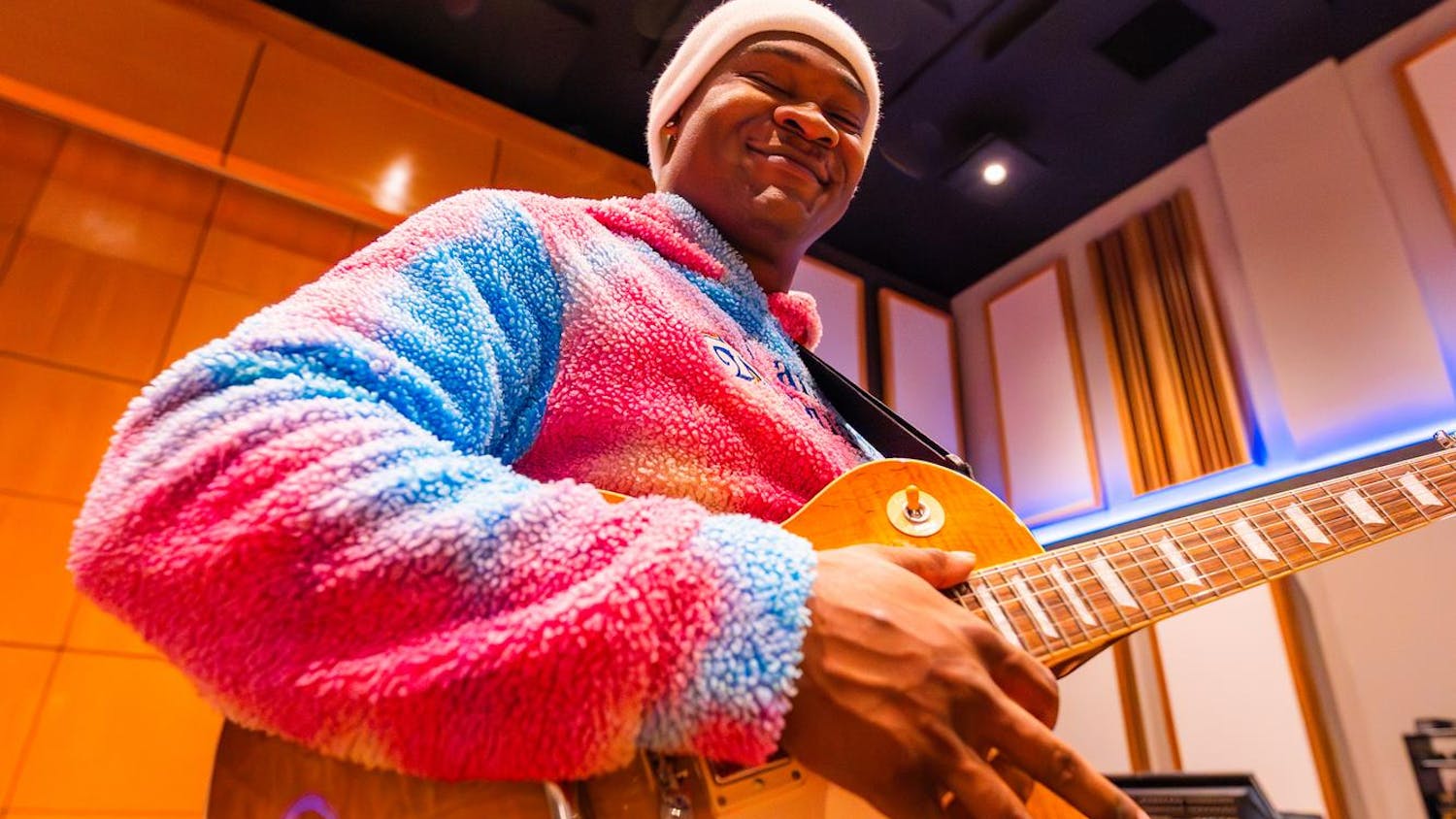The Jule Collins Smith Museum of Fine Art opened an exhibit Saturday, Sept. 8 titled, "Art Interrupted: Advancing American Art and the Politics of Cultural Diplomacy."
The exhibition is composed of 107 of the 117 original paintings in the "Advancing American Art" exhibition. Assembled in 1946, the exhibition was created to showcase America's advancements in art.
"We have reassembled the historic exhibition called 'Advancing American Art' that was assembled by the United States Department of State in 1946," said Dennis Harper, curator of collections and exhibitions at JCSM. "It was part of a cultural tool of the state department where they were trying to confront communism."
"Back here at home, where there was a very conservative political agenda that was taking place in Congress; they were upset with the idea that taxpayer money was used to purchase these things that many people found objectionable," Harper said. "Then they found out some of the artists themselves were socialist or communist even, and they got upset."
After funding for the project stopped, it was decided to sell them.
However, the closing of "Advancing American Art" provided an opportunity for API to forge its way into the art world in hopes of creating an art museum.
"Having this extraordinary modernist art collection was in many ways one of the impetuses behind building the museum," said Marilyn Laufer, director of the JCSM, in a press release.
Auburn won 36 of the works from the silent auction, Harper said. Some of the paintings have been together in past shows, but the new exhibit puts more together than any previous exhibition.
After the silent auction, the University of Georgia bought 10 paintings and the University of Oklahoma bought 36 pieces. Three years ago, Harper said they decided to put back together the collection.
"I found receipts and documents from the 1940s in Washington, D.C. in the National Archives," Harper said. "We found who had originally bought it and tried to contact relatives of those people to see what happened with those works."
Harper said a little luck, research and a lot of time went into finding the paintings in museums, homes and schools across the country. However, 10 of the original works remain lost.
Harper said although the works are not the most famous or created by the famous artists, they all present a snapshot of life in America during that time period.
Harper believes this is an exhibition for everyone.
"Even if you don't think about the history and just want to see some fine painting, I think it's a nice break," Harper said.
The exhibition will remain at JCSM until Jan. 5. From there, it travels to the art museums at the universities of Oklahoma, Indiana, and Georgia.
Do you like this story? The Plainsman doesn't accept money from tuition or student fees, and we don't charge a subscription fee. But you can donate to support The Plainsman.





